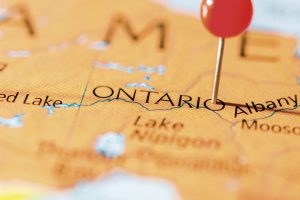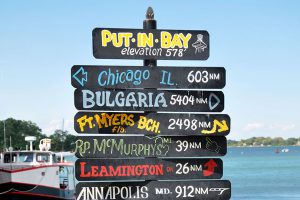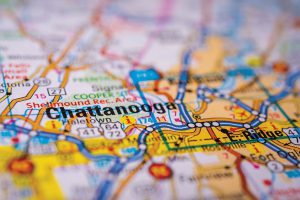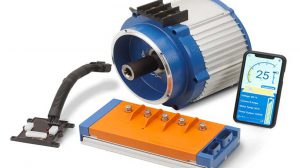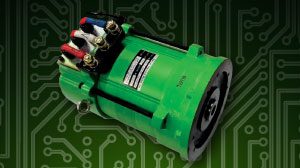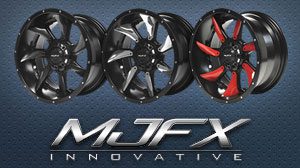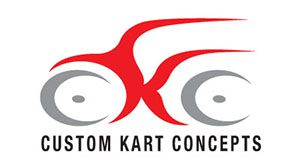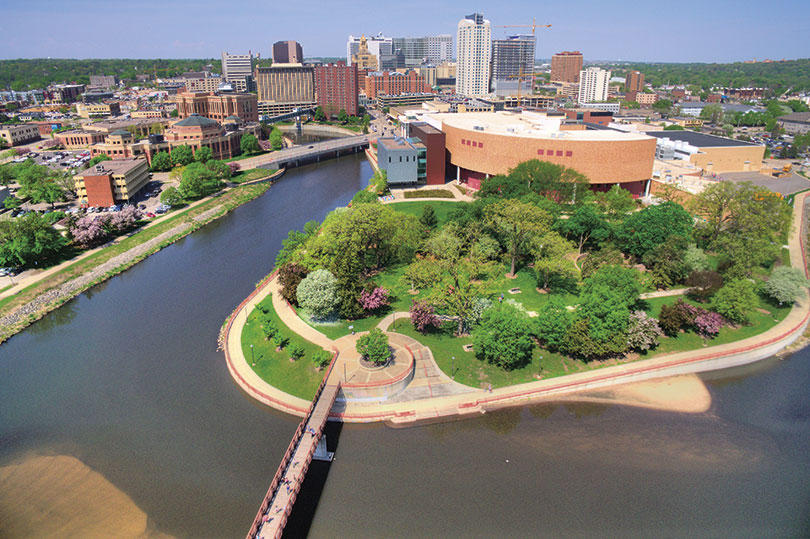
A Minnesota town contemplates allowing golf cars on its roads as an alternate form of transportation.
As the sun paints the picturesque landscapes of Minnesota, the once-modest golf car has transcended its traditional role to become the subject of a dynamic debate in communities across the state. From the serene greens of golf courses to the bustling streets of urban centers, the evolution of golf cars has captured the attention of residents, policymakers, and enthusiasts alike. Among these developments, Rochester emerges as a significant player, pondering the feasibility of allowing golf cars on its public roads, according to the Star Tribune.
A Golf Car’s Evolution
Gone are the days when golf cars were merely companions of fairways and putts. The hum of electric motors or the purr of gasoline engines has become a familiar soundtrack not only on golf courses but also on suburban streets. Rochester, nestled in southeast Minnesota, is at the center of this transformative phenomenon, where the familiar sight of golf cars weaving through the city’s thoroughfares is becoming increasingly plausible.
The Drive for Change
Rochester’s contemplation of allowing golf cars on its roads stems from a surge in demand for alternative transportation options. The city’s Metropolitan Area, usually characterized by its burgeoning population and bustling lifestyle, now finds itself exploring the notion of golf cars as a legitimate means of travel. The prospect of cruising in golf cars through city streets poses a significant paradigm shift, reflecting the changing attitudes towards sustainable urban mobility.
Crafting Change
At the forefront of this movement, Rochester’s City Council has embarked on a journey of exploration. Delving into the potential benefits and challenges, the council has directed its attention towards crafting an ordinance that could reshape the city’s streetscape. The ordinance, if enacted, would permit golf cars to share the road with conventional vehicles, sparking discussions around safety regulations, speed limits, and infrastructure adaptations.
Golf Cars: More Than Meets the Eye
John Jordan of Ultimate Golf Carts, a dealer based in Rogers, underscores the transformative nature of modern golf cars. These vehicles are no longer mere golf course companions – they’re now “street ready,” equipped with features that align with urban mobility needs. Seatbelts, windshields, turn signals, and headlights have transformed these cars into versatile vehicles, reflecting the changing lifestyles of today’s communities.
Embracing Change
Supporters of the golf car evolution champion the environmental benefits these vehicles offer. With both electric and gas-powered options available, golf cars showcase a greener alternative to traditional cars. Moreover, their lower maintenance costs and potential to address accessibility issues have garnered attention from advocates seeking a more inclusive urban transportation landscape.
Navigating Challenges
As Minnesota contemplates this shift, concerns about safety and feasibility come to the forefront. Advocates like Rochester City Council Member Shaun Palmer acknowledge these challenges, emphasizing the need for a well-regulated transition. While some detractors fear accidents and potential injuries, proponents point to the precedent set by other communities with successful golf car integration.
Designing the Future
The journey of golf cars from classic models to modern urban transport exemplifies the power of adaptation and innovation. The golf car’s design evolution has mirrored broader societal shifts, from customization trends to modernization initiatives. Looking forward, futuristic concepts envision self-driving capabilities and energy-efficient power sources, pushing the boundaries of design and functionality.
The golf car, once confined to golf courses, now stands at the intersection of tradition and transformation, challenging perceptions and embracing change in the streets of Minnesota.



